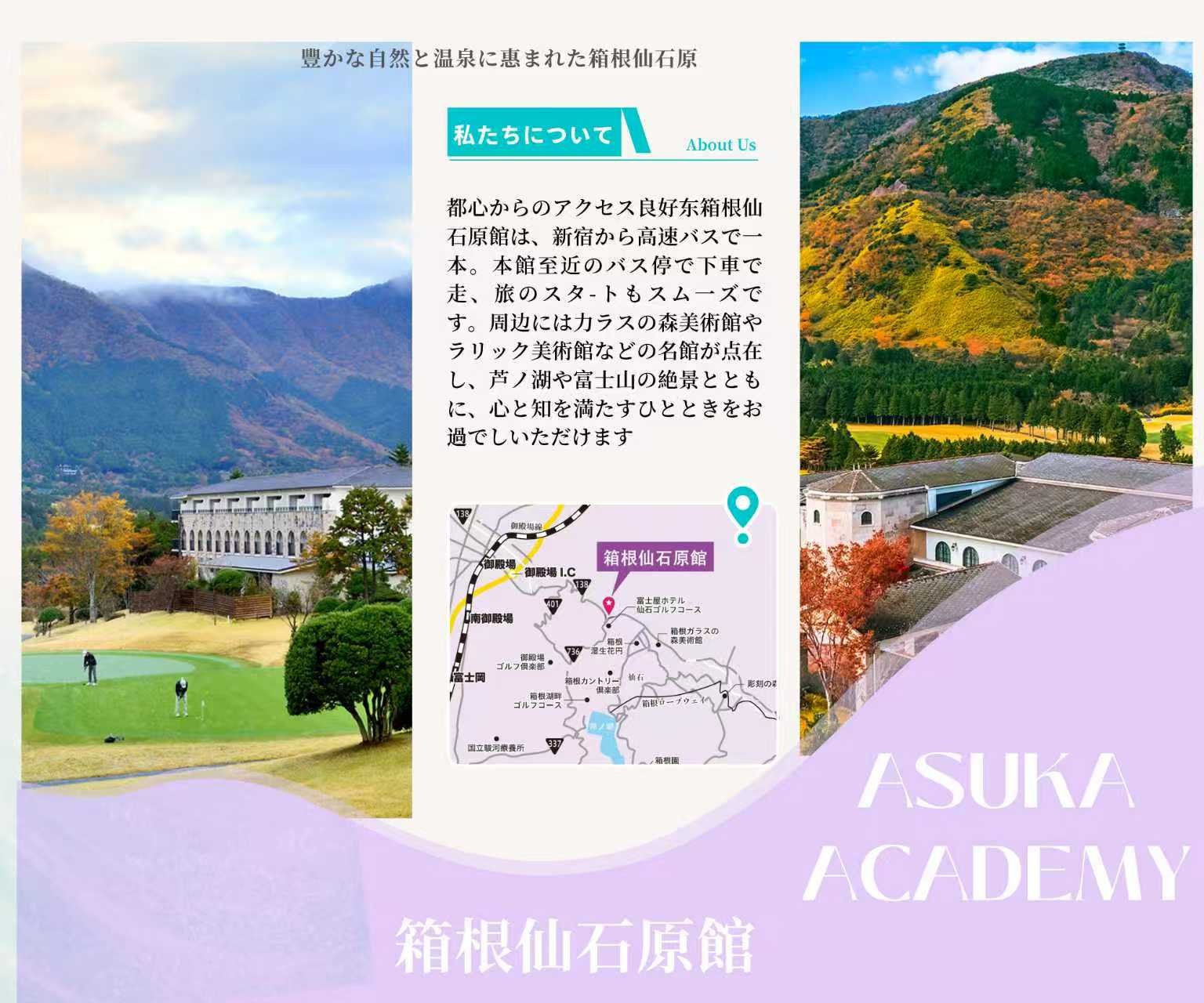Recently, Time magazine released its list of the “100 Most Influential People in the World for 2025.” In addition to figures like Donald Trump, J.D. Vance, and Elon Musk, the list also features over a dozen Asian faces.
Japan had three representatives: actor Hiroyuki Sanada, X Japan rock band member Yoshiki Hayashi, and artist Yoshitomo Nara. South Korea had two: opposition leader Lee Jae-myung and entertainer Rosé (Park Chae-young). From China, the list included DeepSeek founder Liang Wenfeng, architect Ma Yansong, and HKEX CEO Bonnie Chan. There were also several Asian Americans, such as AMD President Lisa Su, Hollywood director Jon M. Chu, and Korean American actor Daniel Dae Kim.

Among them, the most attention-grabbing was undoubtedly Liang Wenfeng, who has emerged as a top player in the large AI model sector. In AI development, the United States has long held a commanding lead. But Liang Wenfeng has changed the narrative. Time praised him for DeepSeek’s ability to match the performance of OpenAI’s ChatGPT, while using significantly fewer of NVIDIA’s cutting-edge chips.
In February 2025, DeepSeek surpassed ChatGPT to become the No. 1 free app in the U.S. Apple App Store. Liang has since been invited to two high-level meetings by Chinese Premier Li Qiang and President Xi Jinping, cementing his place among China’s tech elite.
Some Japanese netizens have asked: why hasn’t Japan produced its own “Altman” or Liang Wenfeng? (Note: “Altman” here refers to OpenAI CEO Sam Altman, not the monster-fighting superhero Ultraman.)
Japan’s trajectory in global AI development reflects the challenges faced by a traditional industrial and technological power amid a new wave of technological revolution. In the fierce AI competition dominated by the U.S. and China, Japan is unwilling to be a mere bystander, yet struggles to replicate the development models of either country.
Overall, Japan ranks in the second tier globally in AI technology. It maintains a leading position in robotics and computer vision, but lags behind in deep learning and large language models. Compared to Silicon Valley in the U.S. or cities like Hangzhou and Shenzhen in China, Japan lacks a vibrant entrepreneurial ecosystem. China’s ability to produce companies like DeepSeek comes down to two major advantages:
A robust and dynamic ecosystem supported by tech giants like Tencent and Alibaba.
Universities that heavily invest in AI talent cultivation—an area where Japan has fallen far behind.
For example, based on the number of authors publishing in top AI conferences, the top 10 global institutions are dominated by the U.S. and China. The six from the U.S. include Google, Stanford, MIT, Carnegie Mellon, Microsoft, and Meta. From China, Tsinghua University, Peking University, Zhejiang University, and Shanghai Jiao Tong University made the list.
Moreover, Chinese universities are on a sharp upward trend. Liang Wenfeng’s alma mater, Zhejiang University, rose from 89th place globally in 2020 to 6th in 2024. Shanghai Jiao Tong University jumped from 40th to 9th. In contrast, Japan’s top-ranking institutions, RIKEN and the University of Tokyo, slipped from 44th to 64th and 50th to 71st, respectively.
That said, despite falling behind in cutting-edge AI research, Japanese companies emphasize practical and reliable applications of AI over groundbreaking performance. This reflects Japan’s long-standing “technology-driven nation” philosophy. In fields like manufacturing, healthcare, and eldercare, AI is already widely applied. For example, FANUC integrates AI in handling and vision-recognition robots, while Toshiba has developed AI-assisted diagnostic systems.
Compared to Japan and South Korea, where most Time honorees come from the entertainment industry, Liang Wenfeng’s inclusion marks a new milestone in China’s ongoing push for breakthroughs in science and technology. In the past, figures like “management god” Konosuke Matsushita and Sony co-founder Akio Morita graced Time’s cover as symbols of Japan’s economic rise. But in recent years, aside from SoftBank’s Masayoshi Son, Japanese honorees have mostly been from cultural and sports sectors.
In contrast, before Liang Wenfeng, other Chinese entrepreneurs featured in Time’s “100 Most Influential People” in the past decade include Huawei’s Ren Zhengfei, Xiaomi’s Lei Jun, CATL’s Robin Zeng, Tencent’s Pony Ma, and Alibaba’s Jack Ma. Each led their fields in technological and business model innovation, carving out new paths and gaining dominant positions. This contrast offers a unique lens through which to observe the shifting economic and technological standings between China and Japan.




